We are contemplating a design which will need 2 PCBAs and be potted. One board is quite "special" so it's rather impractical to reduce the design to a single PCBA.
The conventional wisdom is that soldered wires should be used as conventional board-to-board connectors such as FFCs or pins headers will be unreliable in a potted design.
What other techniques can be used for board-to-board connections in a potted design? In this instance, there would be 10 lines, two of which will be 12Mbps USB (no genuine high-speed signals). Of course, soldering wires is still possible in this design, but time consuming and possibly error prone in production.
